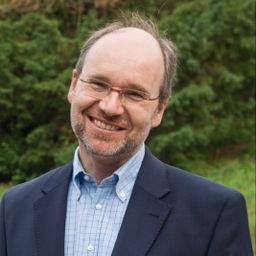Infrastructure / Territorial development
My Session Status
Sub Sessions
In just 40 years between 1975 and 2014, humans converted more land to settlements than in all previous millennia combined, since they had started building the very first villages and towns. This is a dramatic acceleration that is characteristic of the Anthropocene. Dispersed expansion of settlements at low densities is called “urban sprawl”. It has a number of detrimental environmental, economic, and social consequences such as higher greenhouse-gas emissions and l...
The inner city is increasingly understood to be an appropriate place for people to live more sustainably by driving less. However, gentrification is often promoted when urban policy for sustainable development seeks to encourage reinvestment in inner cities (Quastel, Moos, & Lynch, 2012; Bunce, 2009). At the same time, re-urbanization appears to be contributing to the plateau or perhaps decline in per capita vehicle kilometers travel in some industr...
Communities of all sizes are facing the challenge of balancing fiscal realities, changing economies, aging infrastructure, changing demographics, climate change, and the impacts of the COVID-19 pandemic as they work to manage their core infrastructure assets and accommodate and/or address new infrastructure and service needs. Rural communities, however, face different challenges than their urban counterparts – and the diversity of rural communities that these chall...

